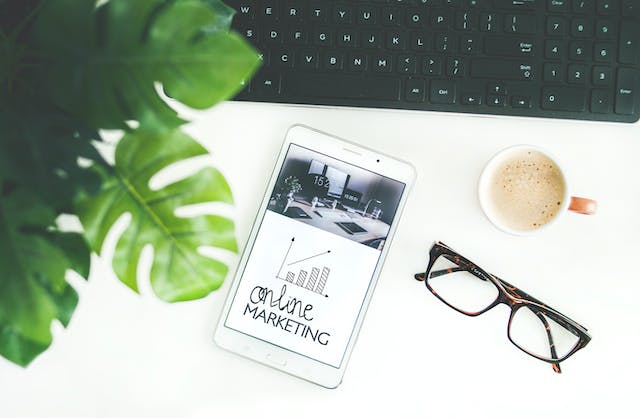User-Generated Content Best Practices – A Step-By-Step Guide for Marketers
 User-generated content (UGC) is a powerful marketing tool. It creates social proof and boosts conversion rates.
User-generated content (UGC) is a powerful marketing tool. It creates social proof and boosts conversion rates.
Consumer surveys show that UGC is trusted and more effective at influencing purchasing decisions than traditional branded content. However, implementing this strategy successfully requires planning and execution. Follow these best practices to maximize the impact of your UGC campaign.
Table of Contents
Create a community
Incorporating UGC into your marketing strategy helps you lift some of the burden from your content team, especially when generating and boosting pieces that require high-level creativity. However, this type of content still requires a bit of work to make sure it’s used correctly and in a way that reflects your brand’s tone.
The best way to do this is by building a community around your product that encourages customers to share photos, videos, and short anecdotes. This will allow you to create diverse user-generated content to share throughout your marketing channels.
Remember that leveraging UGC is more than just photos and videos – it also includes reviews, testimonials, and other textual content. Consider including these types of content in your email campaigns. This provides social proof that your products are high-quality and will meet consumers’ needs. In addition, it can help reduce return rates by giving customers the confidence they need to purchase your product.
Ask for permission
User-generated content can be as simple as a photo from a social media post or as complicated as a video testimonial. Regardless of the format, asking for permission to use customer content before repurposing and sharing it with your audience is essential.
UGC enables brands to create authentic social proof, influencing audiences during buying. In addition, 85% of consumers trust user reviews and recommendations over brand-created content.
If you don’t ask the creator for permission, you risk alienating them. A quick and straightforward request shows that you value their content. And you’ll likely get a positive response. Remember to tag the original poster and include their handle in the caption. This way, they can easily share it with their networks. You can also try using a tool that automatically finds and aggregates existing UGC across your social channels.
Repurpose
The best way to leverage UGC is across multiple channels, including your website, social media pages, and email newsletters. UGC can be used at all stages of the buyer’s journey, often outperforming professional-created content.
Whether it’s a testimonial video, an eye-catching quote image, or even an Instagram post, repurposing content is essential to boosting engagement and reach. It’s also a great way to keep your content fresh and relevant.
UGC is often created on platforms with built-in tools that make it easy to download and repurpose videos and images. However, asking for permission before sharing and repurposing UGC is still essential. Doing so shows you value your audience’s opinions and respect their privacy. It’s also a good practice to credit creators using their @mentions or hashtags. That way, they know you’re promoting their content without taking it out of context. And, of course, don’t forget to check the terms of service for each platform before you use their content.
When brands share UGC, it is essential to always credit the user and link back to their post. Not only does this show appreciation for the content, but it also helps prevent any legal issues down the line.
In addition, it’s essential to be consistent with the amount of content you share on social media and your website. This will help your followers become familiar with the types of UGC you share and ensure they understand your brand’s message and story.
Finally, don’t forget about sharing user-generated content through your email campaigns. This type of content can be a powerful way to connect with your audience and build trust through customer recommendations.









